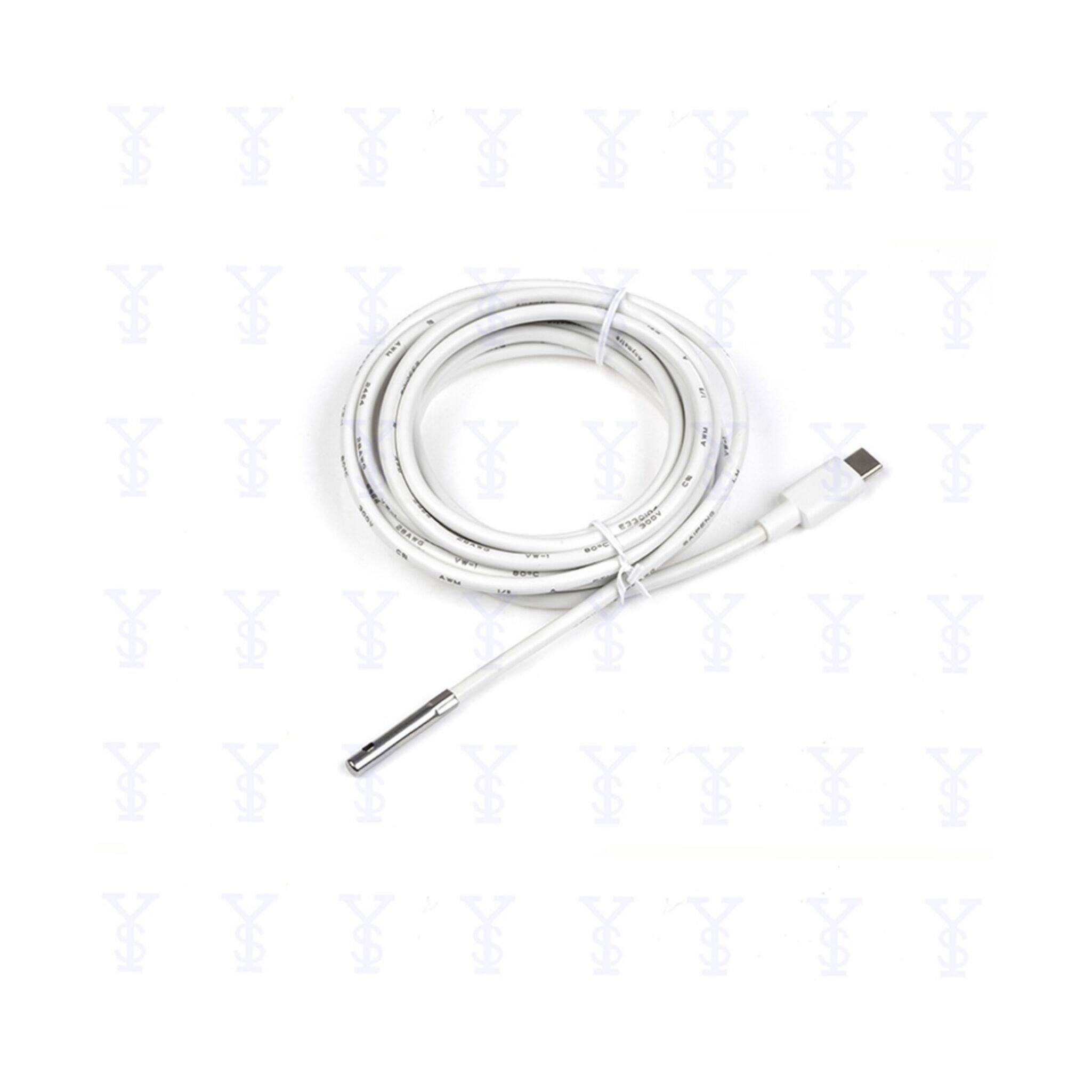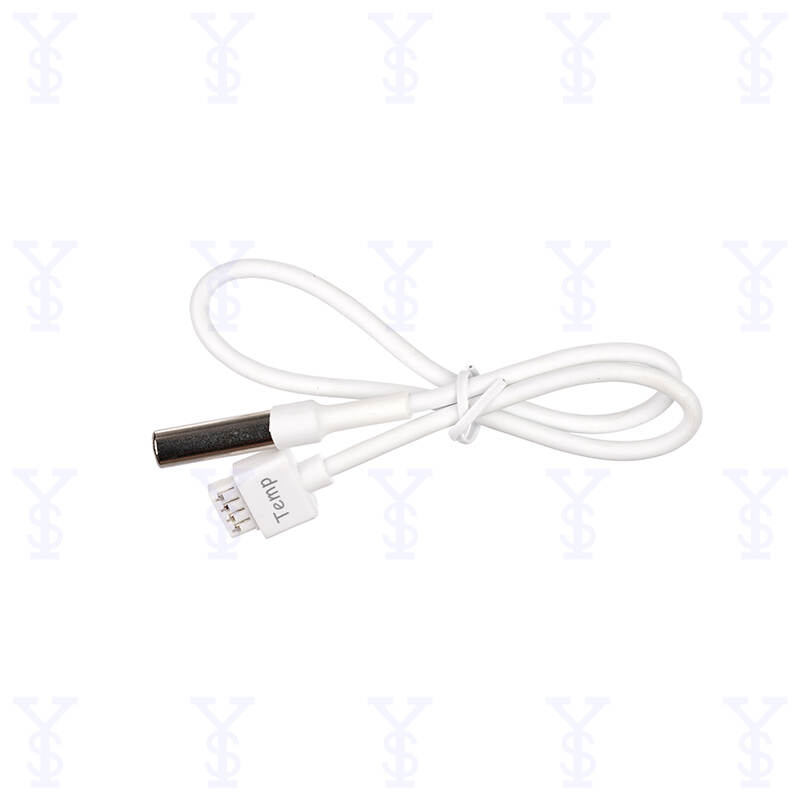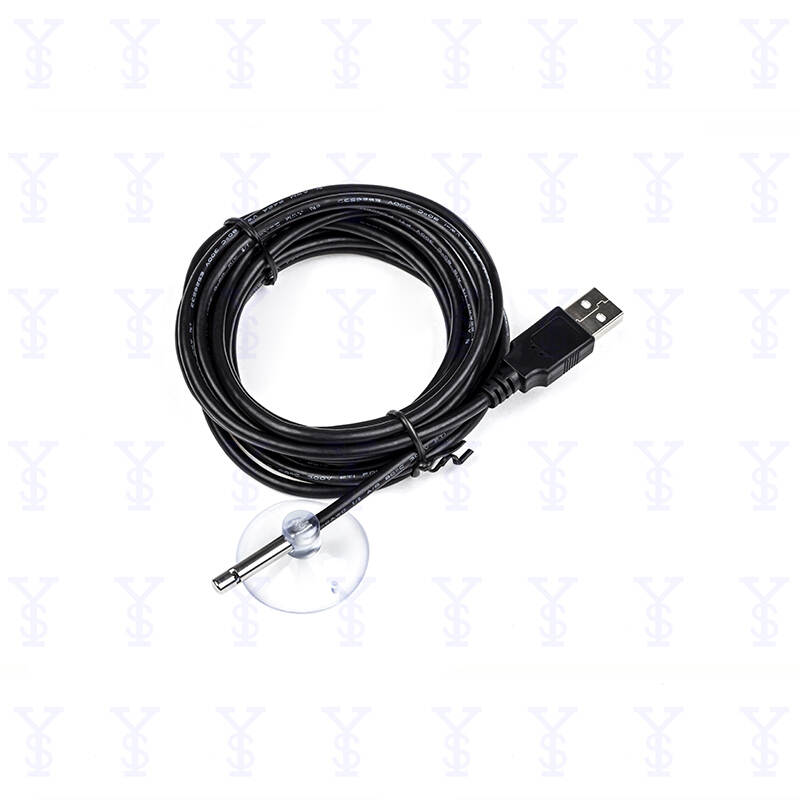ʻAʻole hiki ke nele ka leka uila
ʻAʻole hiki ke nele ka ʻōlelo huna
Hapa ka hoʻopono leka uila
ʻAʻole hiki ke nele ka leka uila
Loaʻa ka leka uila
6-20 mau huapalapala (nā leka me nā helu wale nō)
ʻAʻole kūlike ka ʻōlelo huna
Hapa ka hoʻopono leka uila
ʻAʻole hiki ke nele ka leka uila
ʻAʻohe leka uila
6-20 mau huapalapala (nā leka me nā helu wale nō)
ʻAʻole kūlike ka ʻōlelo huna


Types of Sensors for Smart Home Solutions
Temperature Sensors
Temperature sensors are capable of detecting any fluctuations of temperature in their surroundings.
The information from these temperature sensors is used by the home automation solution regulation of the temperature within the rooms to a desired level, to perform certain actions such as turning on the fans and air conditioners, rolling down the curtains, etc. based on the user’s request.
Some of the commonly used temperature sensors in smart home solutions.

* DS18B20 Digital Temperature Sensor

Temperature and Humidity Sensors
Humidity sensors are a great way to keep in check humidity levels. The ideal humid level within homes should range between 30 percent and 50 percent.
If the moisture level goes below or above this range, it leads to allergy, dryness of the skin, or at higher levels a feeling of heaviness, and the air becomes suffocating.
Many smart thermostats now come integrated with humidity sensors to detect any change in the moisture level.
These sensors help in maintaining the air quality and alert you about the presence of allergens, mold growth, etc.


